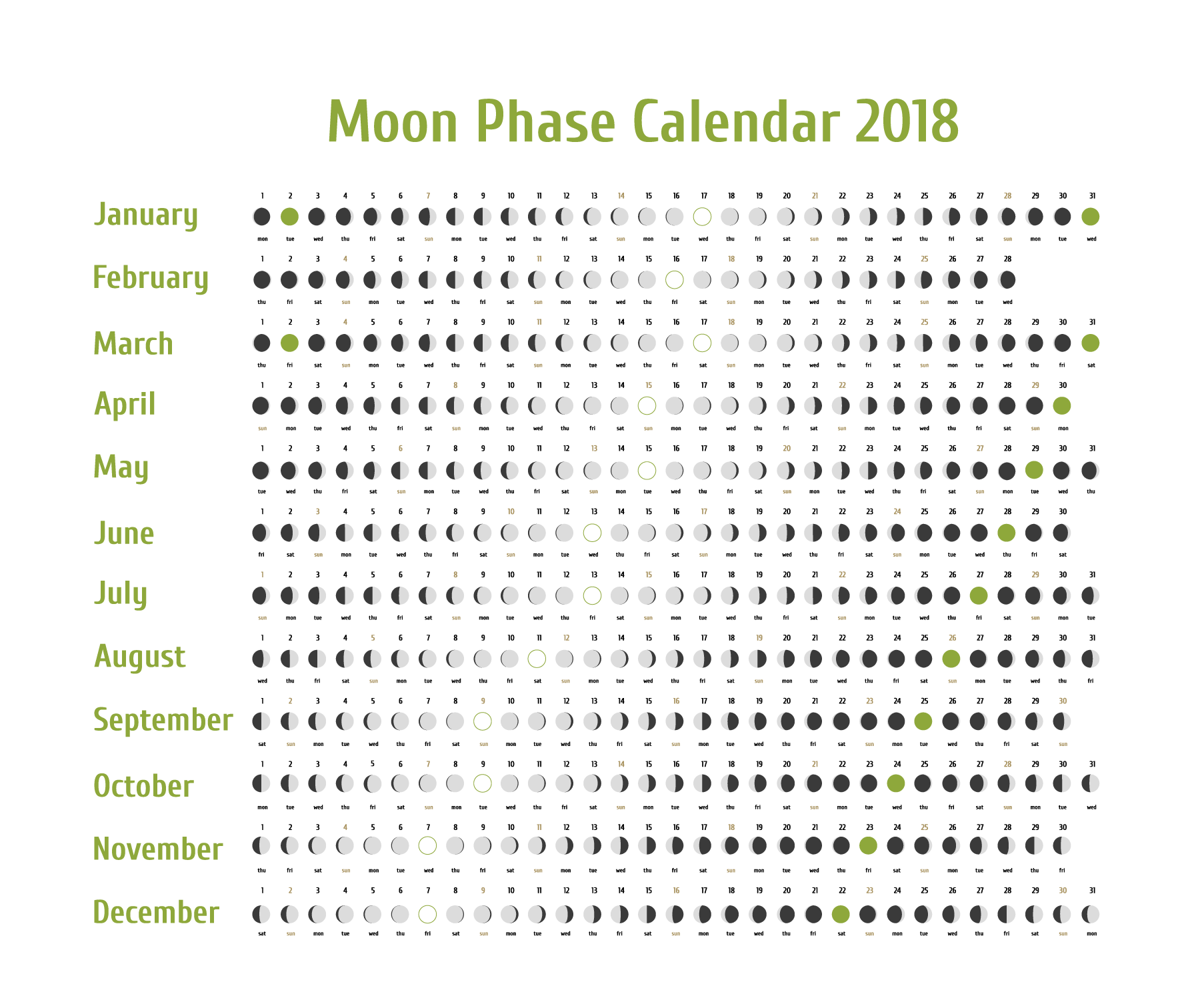

If you turn around, the horizon appears to tilt the opposite way. In front of you, the horizon looks higher on the right and lower on the left. Earth has a tilt of 23.5 degrees on its axis, which means that when we observe the Moon from Earth, it’s a little like we’re standing sideways on a ramp. The tilt of the Moon’s orbit contributes to this, but it’s mostly due to the tilt of our Earth. We call this motion “libration in latitude.”įinally, the Moon appears to tilt back and forth like a metronome. The 5 degree tilt of the Moon’s orbit also causes it to appear to nod, as though it were saying “yes.” The tilt sometimes brings the Moon above Earth’s northern hemisphere, and sometimes below Earth’s southern hemisphere, allowing us to see slightly more of the northern or southern hemispheres of the Moon. We call this motion “libration in longitude.” When the Moon is farthest from Earth and orbiting at its slowest, its rotation gets a little ahead, and we see a bit more of its western side.

When the Moon is at its closest to Earth and moving most quickly along its orbital path, the Moon itself doesn’t rotate quite fast enough to keep entirely the same side facing us, and we get to see a little more of the eastern side of the Moon. The Moon’s rate of rotation around its own axis, though, always stays the same. That's where you'll find a kid-safe online portal filled with helpful activity videos, teacher lesson plans, and more.Because the Moon's orbit is not perfectly circular, its distance from Earth and its speed in orbit both change slightly throughout the month.

When the moons cool, paint them on both sides with grey paint.Bake in the oven at 200 degrees Fahrenheit for 2 hours.Use a straw to poke a hole near the top of each circle. Flatten the balls into 1/4 inch thick circles. Knead the mixture together until it forms a soft dough. Mix 1/2 a cup of salt, 1 cup of white flour, and 1/2 a cup of water in a bowl. The first step is to make your moon dough (i.e. Black light (if you use the highlighter paint).School glue (if you’re making your own paint).Highlighter (if you’re making your own paint).Glow in the dark paint or make your own glow in the dark paint (directions below).This will help kids realize why the moon has phases- all due to where the earth is in reference to the sun! What I love most about this moon phases craft is that you can’t really see the phases of the moon until you shine the black light on the salt dough pieces.


 0 kommentar(er)
0 kommentar(er)
